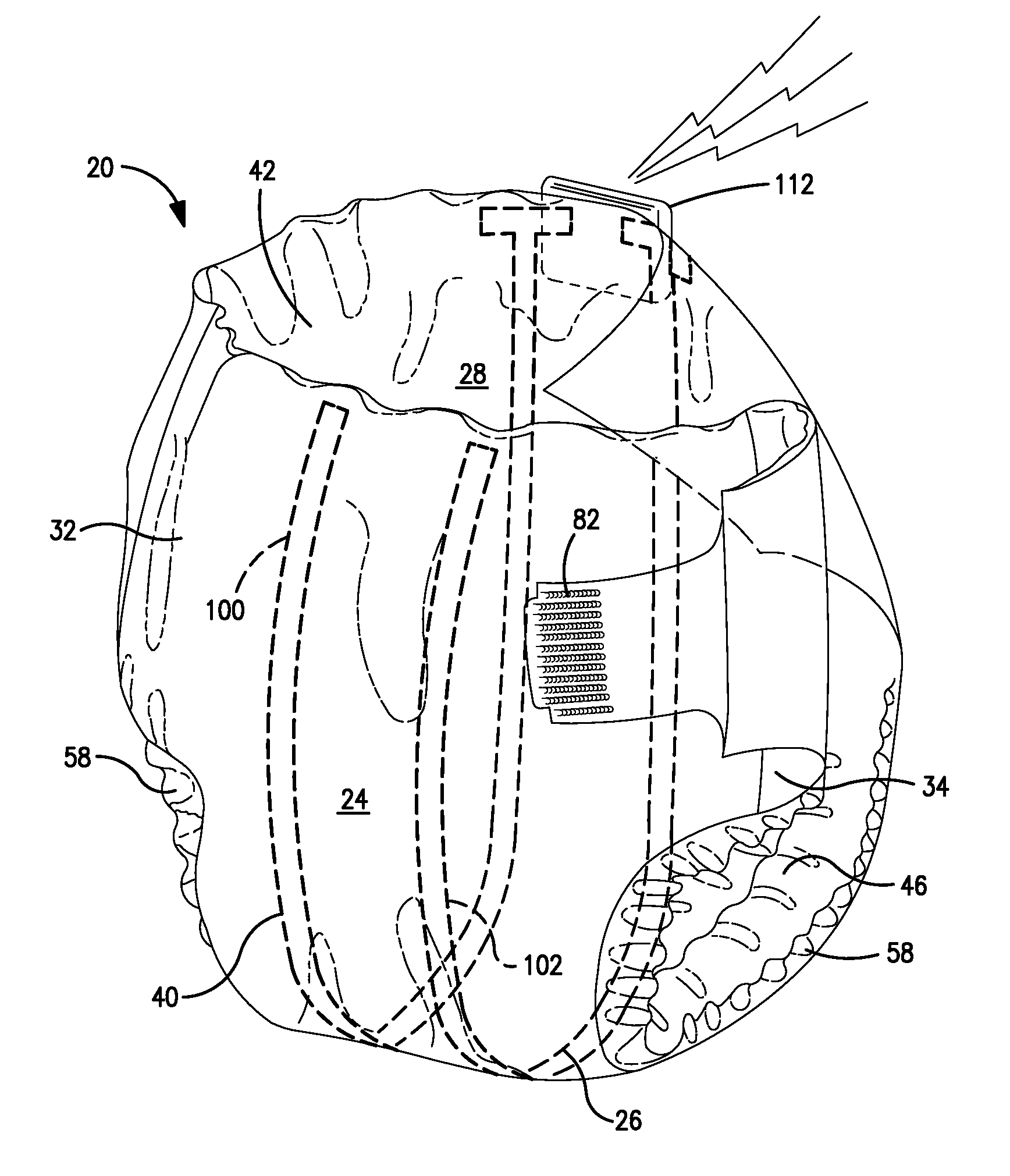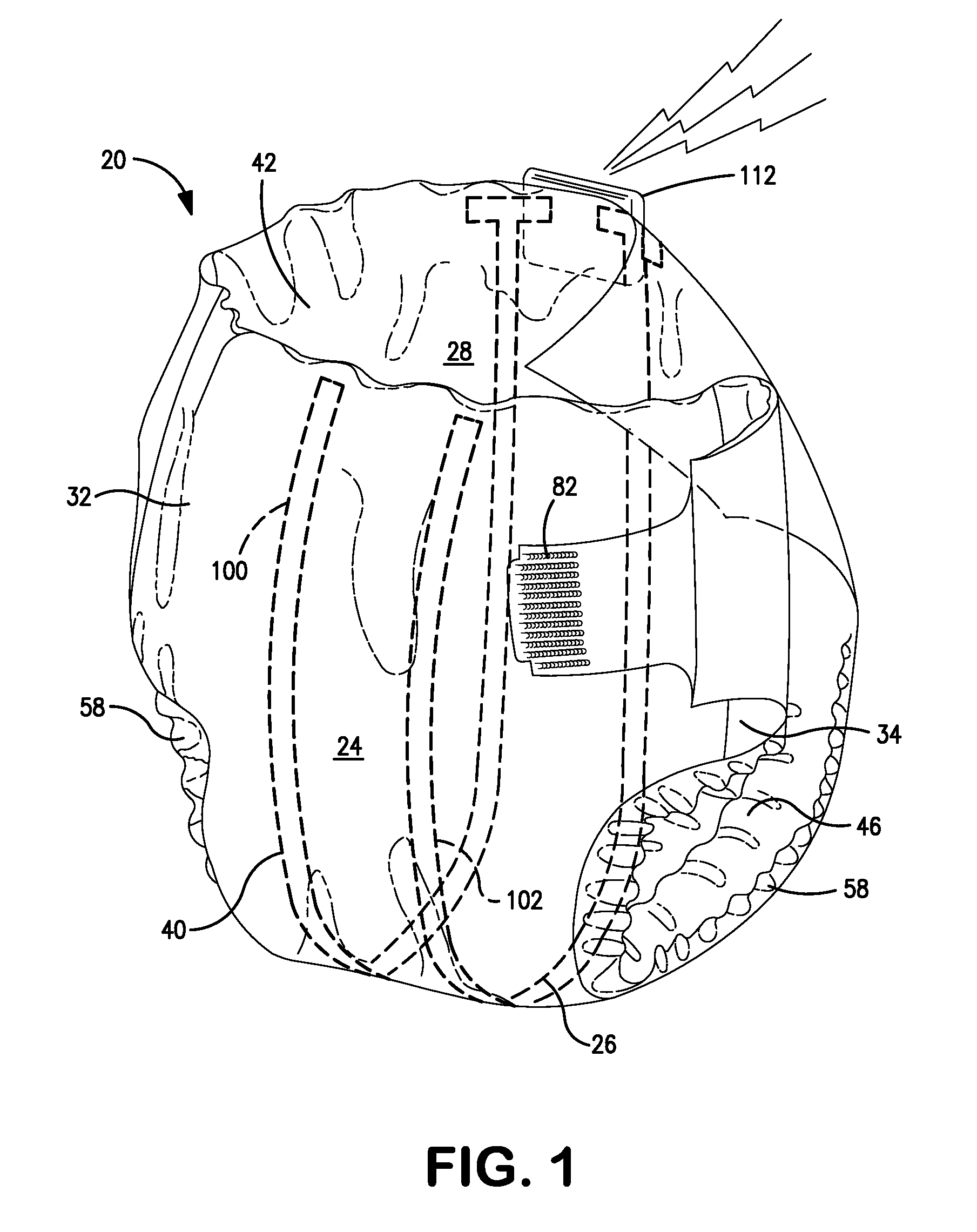Methods for assisting caregivers in facilitating toilet training
a technology for caregivers and toilets, applied in the field of methods for assisting caregivers in facilitating toilet training, can solve the problems of increased tendency, complicated toilet training process, and loss of parents or caregivers in identifying more suitable products, training aids or techniques,
- Summary
- Abstract
- Description
- Claims
- Application Information
AI Technical Summary
Benefits of technology
Problems solved by technology
Method used
Image
Examples
Embodiment Construction
It is to be understood by one of ordinary skill in the art that the present discussion is a description of exemplary embodiments only, and is not intended as limiting the broader aspects of the present invention.
Caregivers, including parents, often have a difficult time recognizing when a child is ready for toilet training and if a child is making progress during toilet training. In addition, if problems arise during toilet training, caregivers can also fail to recognize or appreciate different strategies that may be available to assist in the process. For example, various absorbent products are commercially available that can assist a caregiver in initiating a toilet training regime and / or can assist a caregiver when problems arise during toilet training.
In general, the present disclosure is directed to a method for assisting caregivers, including parents, in selecting the correct absorbent product for use with the child during the toilet training process. More particularly, the me...
PUM
 Login to View More
Login to View More Abstract
Description
Claims
Application Information
 Login to View More
Login to View More - R&D
- Intellectual Property
- Life Sciences
- Materials
- Tech Scout
- Unparalleled Data Quality
- Higher Quality Content
- 60% Fewer Hallucinations
Browse by: Latest US Patents, China's latest patents, Technical Efficacy Thesaurus, Application Domain, Technology Topic, Popular Technical Reports.
© 2025 PatSnap. All rights reserved.Legal|Privacy policy|Modern Slavery Act Transparency Statement|Sitemap|About US| Contact US: help@patsnap.com



